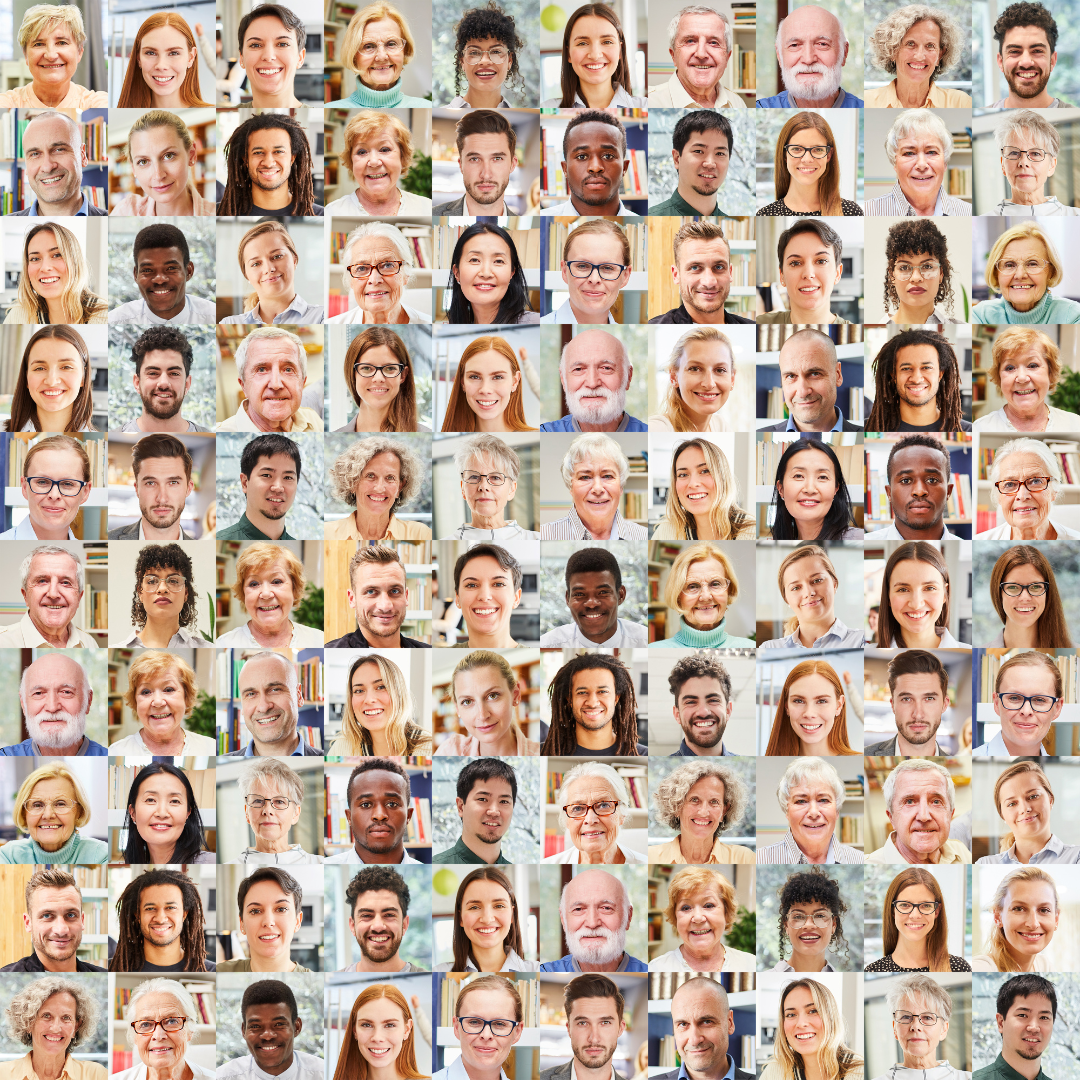How diverse is your universe?
This exercise, adapted from the book “The Inclusion Nudges Guidebook” by Lisa Kepinski and Tinna C Neilson is called “How Diverse is Your Universe?”. The purpose of this exercise is to give us time and space to really take an introspective look at our experiences and world view, and give an opportunity to reflect on how they will be shaping our perspectives, especially when it comes to who and how we interact with people.
Do we need anything to hand for the exercise?
The questions we’re going to go through work just fine as a thought experiment, but in my experience it will have the most impact when you can write down your thoughts and observations, so I recommend having a pen and paper handy. The beauty of this is you can repeat it more than once if you don’t have anything around to jot notes down.
What is it we’re going to do?
We’re going to walk through a series of questions relating to all kinds of aspects of our lives and the people we interact with. What I want you to do is to write down who the people are, and pay particular attention to how similar to or different they are to you. And we’re talking about diversity here, so don’t be afraid to notice gender, skin tone, race, disability, nationality and age. In fact, the more you can notice and write down, the better!
Ok? Here goes…
How do you, yourself, identify?
(As an example, I am a 40 year old, white, British, queer, cisgendered woman, without a disability)
If you have a partner or spouse, how do they identify?
(If not, you can also think about who you were last dating, if that is something you do)
Who is your best friend?
(You can expand this to your wider friend group too.)
Your immediate neighbours at home?
Your teachers at school?
If you have children, their teachers at school?
The person who cuts your hair?
When you last bought a coffee (or petrol/groceries/etc) the person who served you?
Your GP and dentist?
The author of the book you last read?
As we can see we are building a picture of the people we are surrounded by, and therefore how comfortable or uncomfortable our lives may be, depending on how similar or different we may be.
What do you notice?
Are there any differences between people who we are social with, compared to people who are in institutions, such as teachers, doctors or police?
How does this compare to people who have been providing a service to us, such as cashiers or waiting staff?
>>
Now, let’s bring the focus to our work…
When you interviewed for your current job, or if you didn’t, the last time you attended a job interview, the person or people interviewing you?
When you sit with your team at work, the person you sit next to?
What about your boss?
What about your boss’s boss?
The last person that helped you do something?
The last person that you helped do something?
The people you go to for advice?
During the course of a normal day, the people you predominantly come into contact with?
What we will learn from this activity is that everyone is arriving to the conversation with a different life experience to this point.
If we ourselves have been surrounded by people who experience life in the same way that we do, we will likely be less confident in navigating some of the conversations around gender, race, disability and age than those who have had less homogeneous experiences. There is nothing wrong with that. It’s our starting point.
The great news is we can build confidence and get more comfortable with the discomfort as we share our experiences and learn more about each other.
<<
KEY TAKEAWAYS:
Diversity work is never “done” and the sooner we get comfortable with being curious and learning, with working together to help each other, the easier the conversation will be for everyone. Ask yourself…
What did I learn about myself?
What, if anything, do I want to change about my answers?
How did I feel about doing the exercise?
How might others have felt about it?
This is a great exercise to share and adapt as a way to open up the conversation. So I thoroughly recommend you do exactly that.
Speak to others who have tried it too and see how you both felt.
Think about what you might learn about your colleagues and their perspectives as a result. Talking to people is the best way to open up the pathway to action.
And action is what will make a real difference.




